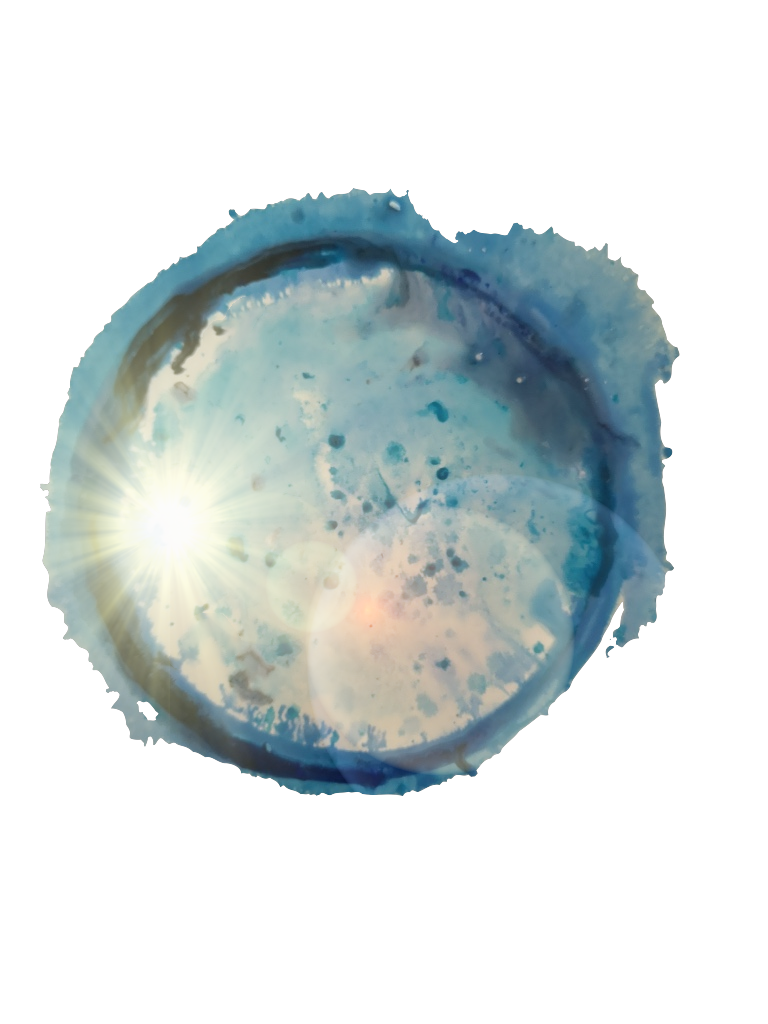
SARDINI LTD - PRESENTATION
Culture techniques
Oysters are cultivated in mesh bags attached on metal frames positioned on the intertidal zone on the shore. All trestles are accessible below tidal range of 1,2 metres. Therefore the farm can only be accessed by boat during low water tides. I am using 60 cm, 70 cm or 80 cm high trestles depending the depth of cultivation . Trestles have 3 legs 20 mm diameters and 4 bard on top, 3 metres length, 16 mm diameter. Bags are attached on the trestle on only 1 side using hooks and buggies. This technic of cultivation was specially adapted and developed for the Lough because it is a shelter bay and the all bags can be turned weekly once they are half grown (twice a week for the seed). Turning the bags allow a strong deep, well rounded shape to develop by breaking the edges of the shell. Regular turning slow the growth but also produce high quality full meat and hardy, resistant oysters.
Actual production cycle : 2.5 years from seed to adult
From seed to harvest lot of care and attention is necessary to produce quality oysters. As such, oyster bags mesh sizes and oyster farming density are constantly adapted to each development stage of the oysters. An important task in the production of strong, well rounded and regular shaped oysters is weekly turning of the bags during the growing season from Spring to autumn.
Oyster seed are purchased from French hatcheries, they are either 6 or 8 mm oyster shells weighing 0.02 grams and It will take in average 2,5 years to grow them up to marketable size. Origins and selection of seed is an important factor, oyster growing too fast are not as resistant as slow growing ones. So far Marinove hatchery is showing the best results in term of shape, colour and resistance. Other hatcheries France Naissain and Satmar requires more attention and work for turning the bags because they grow very fast and are more sensitive to stress.
6 mm seed are placed into 4 mm bags at a density of 1500 /bag and 8 mm into 6 mm bags at a density of 1000/ bag. There are both split into 8 mm bags in August and September. Once temperatures cools down, half of the bags are placed on higher shore for slowing the growth and hardening. These oysters will be brought back in deep water the last year of production and will be ready from June to September (2.5 year production cycle). The other half will be kept in the deep site until reaching 80-100 grams. These oysters will be ready in early spring of the last year of production (2 years production cycle).
Harvest
Oysters are produced all year round and once they reach marketable size. 2 weeks before harvest, oyster bags are hardly turned for rounding the edges of the oysters and increase the meat content. Once harvested oysters are washed and hand sorted by size on a convey belt. Empty shells, bad shapes, doubles and small sizes are removed. The final product is bagged in 25 Kg bag on 1175 Kg palette with transport labels and gathering document.
The coastal environment

Our oysters are grown along the upper shores of Larne Lough, Co Antrim. Farming structures are located in zones of strong currents, pristine and nutrients rich waters producing a tasty a safe product for our customers. With the support of the AFBI, a local monitoring agency we keep record of environmental parameters such as turbidity, dissolved oxygen, salinity and temperature to make sure oysters are reared under the best conditions. Weekly biological sampling are also collected for heath and safety monitoring. As an oyster farmer I am guardian of the lough, reporting any unusual environmental changes to the environmental authorities.
Working with the environment.
Winds, tides, waves and currents will bring food and oxygens to the oysters. Sunlight and nutrients in the sea will promote the production of micro algae on which the oyster feed, so growth start from Spring to autumn and the oysters will hibernate in the cold winter.
Oyster quality will be strongly influenced by the sea exposure time at low water and the depth of cultivation will be adapted to the stage of development of the oyster. Seed are fragile and need to be placed in the deepest part of the shore, will the following winter they are brought up on the highest shores for hardening and producing strong shells. An oyster growing too fast will produce a light shell, slowing the growth will produce regular, well rounded and meaty oysters.
Durable development of coastal communities.
Because a healthy environment is so important to sustain our oysters, for every Kg of oyster sold through this platform, a donation is made to support an environmental charity.
Our oceans are suffering from over exploitation and the nature of our business is to responsibly produce a nutritious and sustainable food source. Impact to the environment is kept to a minimum such as the recycling and reuse of farming equipment, for example the use of old oyster bags to protect saplings, or the use use of oysters shells to enrich acidic soils. Also it is proven that filter feeders like the oysters reduce the risks of coastal eutrophication, and oyster farming provides structures enhancing the natural biodiversity of the Lough as a reef would do to the ocean.















